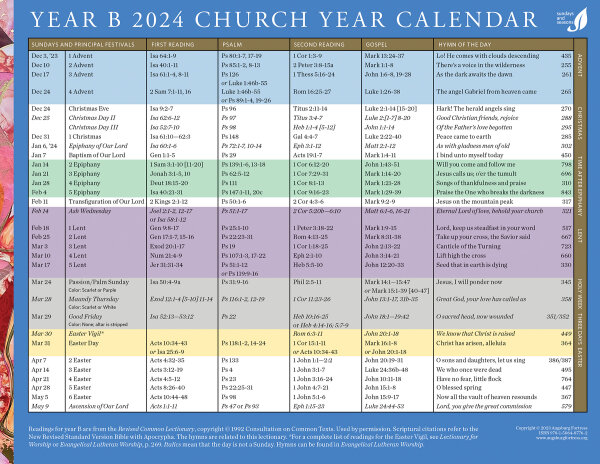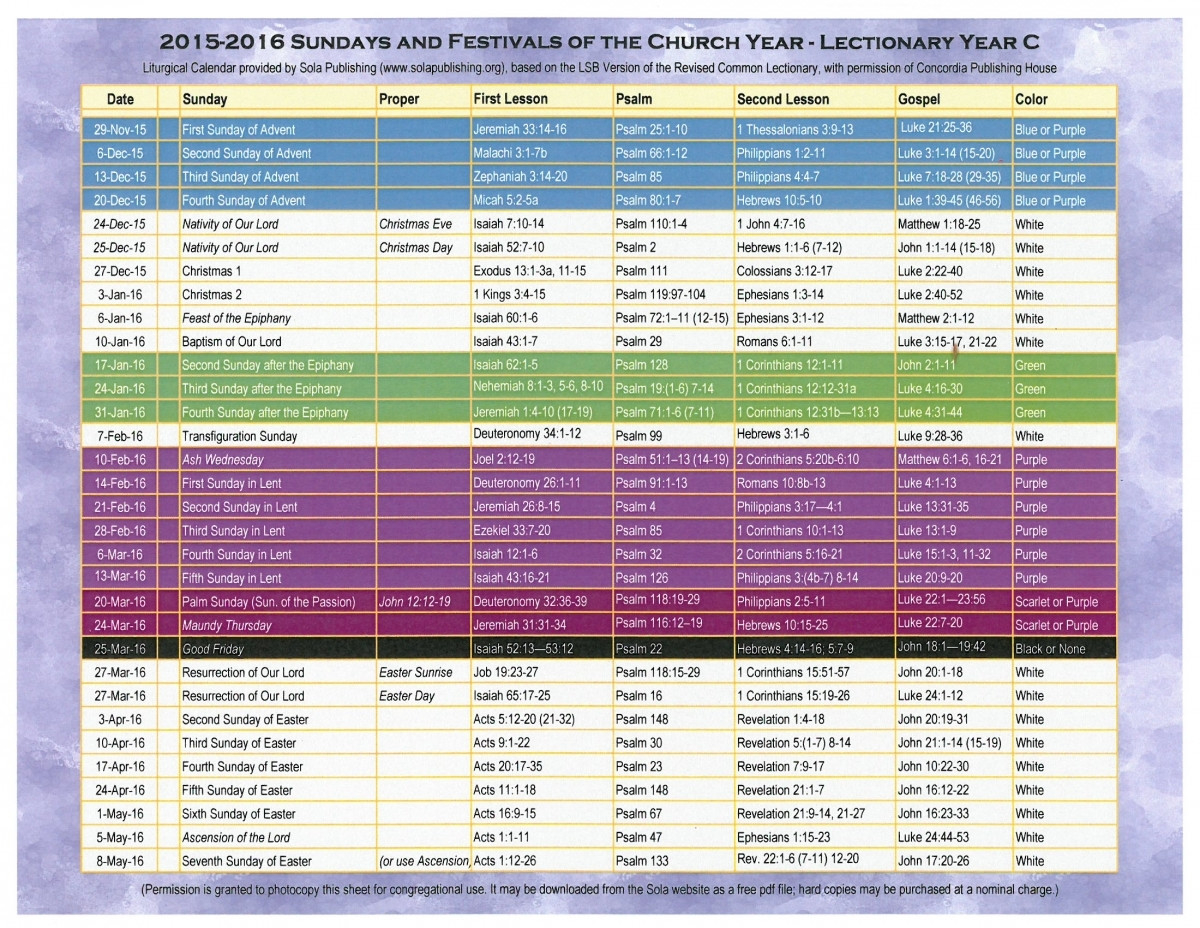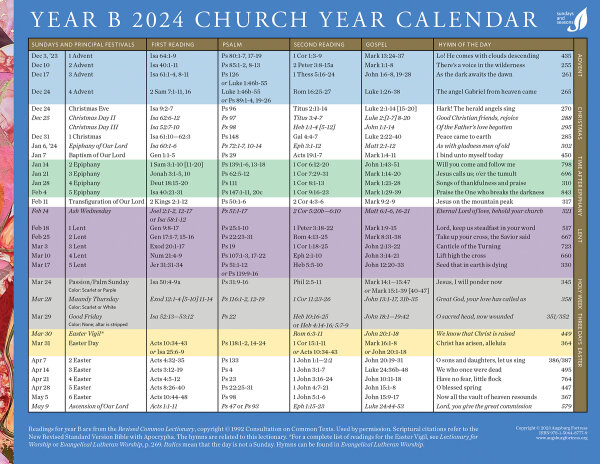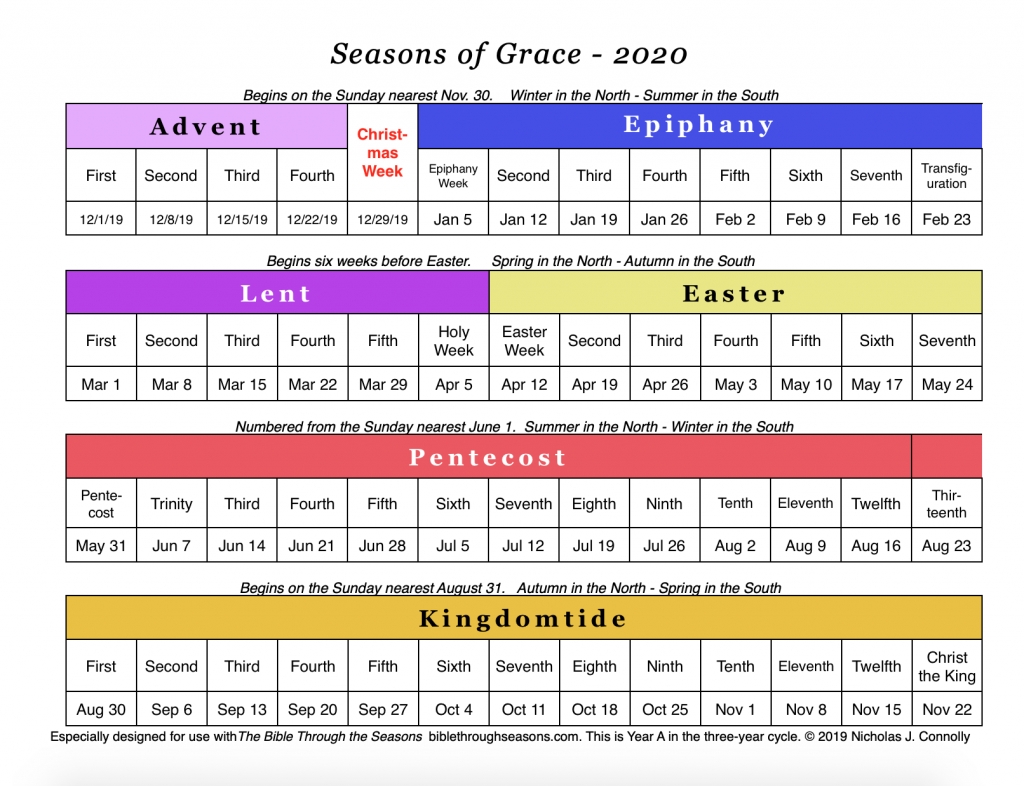Navigating The 12 months: A Deep Dive Into The 2025 United Methodist Church Liturgical Calendar
Navigating the 12 months: A Deep Dive into the 2025 United Methodist Church Liturgical Calendar
Associated Articles: Navigating the 12 months: A Deep Dive into the 2025 United Methodist Church Liturgical Calendar
Introduction
With nice pleasure, we are going to discover the intriguing subject associated to Navigating the 12 months: A Deep Dive into the 2025 United Methodist Church Liturgical Calendar. Let’s weave fascinating data and provide recent views to the readers.
Desk of Content material
Navigating the 12 months: A Deep Dive into the 2025 United Methodist Church Liturgical Calendar

The United Methodist Church (UMC) liturgical calendar, not like some denominations, would not rigidly prescribe particular readings or providers for every day. As a substitute, it presents a framework, a tapestry woven with threads of scripture, custom, and seasonal reflection, guiding congregations of their worship planning all year long. 2025, like yearly, presents a possibility to have interaction deeply with this framework, exploring themes of religion, hope, and love as they unfold inside the liturgical seasons. This text will delve into the 2025 UMC liturgical calendar, exploring its key seasons, important observances, and the way congregations can make the most of its construction to complement their worship experiences.
The Basis: The 12 months’s Construction
The UMC liturgical yr, like many Christian calendars, is constructed upon the cycle of the church yr, which begins on the First Sunday of Introduction, sometimes falling in late November or early December. This marks the start of a interval of anticipation and preparation for the celebration of Christmas. The yr then flows by means of Christmastide, Epiphany, Lent, Holy Week, Easter, and Pentecost, culminating within the season of Abnormal Time earlier than the cycle begins anew. Every season presents distinctive theological emphases and offers alternatives for targeted reflection and worship.
Introduction (Late November/Early December 2024 – December 2024): A Time of Hopeful Expectation
Introduction in 2025 begins the liturgical yr, setting the tone for your entire interval forward. It is a season of expectant ready, a time of getting ready hearts and minds for the approaching of Christ, each his historic delivery and his eventual return. The 4 Sundays of Introduction historically deal with themes of hope, peace, pleasure, and love, offering wealthy alternatives for sermons, prayers, and hymns reflecting these themes. Congregations usually incorporate symbolic parts like Introduction wreaths and day by day devotional practices to boost the season’s non secular significance. In 2025, the precise dates for Introduction will have to be decided primarily based on the liturgical calendar calculations. Nevertheless, it is going to typically span the ultimate 4 Sundays of the yr earlier than Christmas.
Christmastide (December twenty fifth – Epiphany): Celebrating the Incarnation
Christmastide, the season celebrating the delivery of Jesus, extends from Christmas Day (December twenty fifth) to Epiphany. This era focuses on the surprise and thriller of the incarnation—God turning into human. The emphasis shifts from the anticipation of Introduction to the joyous celebration of Christ’s arrival. Congregations usually incorporate particular Christmas Eve and Christmas Day providers, that includes carols, nativity performs, and readings from the Gospels that recount the delivery narrative. The interval following Christmas continues the celebratory spirit, reflecting on the importance of the incarnation and its implications for human life.
Epiphany (Early January): Manifestation of Christ’s Glory
Epiphany, sometimes celebrated on January sixth, marks the manifestation of Christ’s glory to the Gentiles. That is commemorated by the go to of the Magi, symbolizing the common attain of God’s salvation. The season displays on the revelation of Jesus because the Messiah to the world, extending past the Jewish neighborhood. This season offers a possibility to replicate on the mission of the church to share the excellent news of Jesus Christ with all individuals. The precise date for Epiphany in 2025 will likely be decided by the liturgical calendar, however it is going to stay in step with the standard date.
Abnormal Time (Publish-Epiphany – Lent): A Season of Progress and Reflection
Following Epiphany, the church enters Abnormal Time, a prolonged interval extending till Lent. This is not a season devoid of which means however somewhat a time for ongoing non secular development and reflection on the teachings of Jesus. The lectionary readings for Abnormal Time usually cowl a variety of scripture, offering a balanced weight loss plan of Previous and New Testomony passages. This season permits for exploration of varied theological themes and encourages constant engagement with the phrase of God. The size of Abnormal Time varies from yr to yr, relying on the date of Easter.
Lent (Early Spring): A Journey of Repentance and Renewal
Lent, a interval of 40 days (excluding Sundays), main as much as Easter, is a season of repentance, reflection, and non secular preparation. It is a time for fasting, prayer, and almsgiving, mirroring Jesus’s 40 days within the wilderness. The themes of repentance, forgiveness, and renewal are central to this season. Many congregations incorporate particular Lenten providers, devotional practices, and alternatives for confession and reconciliation. Ash Wednesday marks the start of Lent, and the Sundays of Lent provide alternatives for targeted reflection on the journey in the direction of Easter. The particular dates for Lent in 2025 will likely be decided by the date of Easter.
Holy Week (Late Spring): Commemorating Christ’s Ardour and Resurrection
Holy Week, the week main as much as Easter, is a pivotal time within the liturgical yr. It commemorates the occasions surrounding Jesus’s crucifixion and resurrection. Every day holds particular significance, together with Palm Sunday, Maundy Thursday (remembering the Final Supper), Good Friday (reflecting on Jesus’s crucifixion), and Holy Saturday (a day of ready and anticipation). Holy Week providers are sometimes deeply shifting and contemplative, emphasizing the sacrifice of Jesus and the hope of resurrection.
Easter (Spring): Celebration of the Resurrection
Easter, the end result of Lent and Holy Week, is probably the most important celebration within the Christian calendar. It commemorates the resurrection of Jesus Christ, the victory over dying and sin. Easter providers are full of pleasure, hope, and reward, celebrating the central message of Christian religion. The Easter season extends for 50 days, resulting in Pentecost.
Pentecost (Spring/Early Summer time): The Coming of the Holy Spirit
Pentecost, 50 days after Easter, celebrates the descent of the Holy Spirit upon the apostles, marking the delivery of the church. This season emphasizes the empowering work of the Holy Spirit within the lives of believers and the mission of the church to unfold the Gospel all through the world. Pentecost providers usually spotlight the items of the Spirit and the significance of Christian unity.
Abnormal Time (Publish-Pentecost – Introduction): Continued Reflection and Progress
Following Pentecost, the church enters one other interval of Abnormal Time, persevering with the cycle of reflection and development till the arrival of Introduction. This time offers continued alternatives for engagement with scripture, theological exploration, and non secular deepening.
Using the 2025 Calendar for Worship Planning
The 2025 UMC liturgical calendar is just not merely a schedule; it is a information for non secular formation. Congregations can use it to:
- Plan thematic sermons and Bible research: Align sermons and research with the themes of every season.
- Choose acceptable hymns and liturgical music: Select music that displays the temper and message of every season.
- Incorporate symbolic parts: Use candles, banners, and different visible parts to boost the worship expertise.
- Arrange particular occasions and actions: Plan Lenten retreats, Easter egg hunts, or Pentecost celebrations.
- Promote non secular disciplines: Encourage fasting, prayer, and almsgiving throughout Lent.
By thoughtfully partaking with the 2025 UMC liturgical calendar, congregations can create significant and enriching worship experiences that deepen their religion and strengthen their neighborhood. The calendar presents a framework, however the true energy lies in how every congregation interprets and makes use of it to attach with God and each other. The particular dates for every season in 2025 will have to be decided utilizing a liturgical calendar useful resource, however the thematic framework outlined above stays constant yr after yr, offering a wealthy basis for non secular development and worship.








Closure
Thus, we hope this text has offered precious insights into Navigating the 12 months: A Deep Dive into the 2025 United Methodist Church Liturgical Calendar. We thanks for taking the time to learn this text. See you in our subsequent article!
Leave a Reply